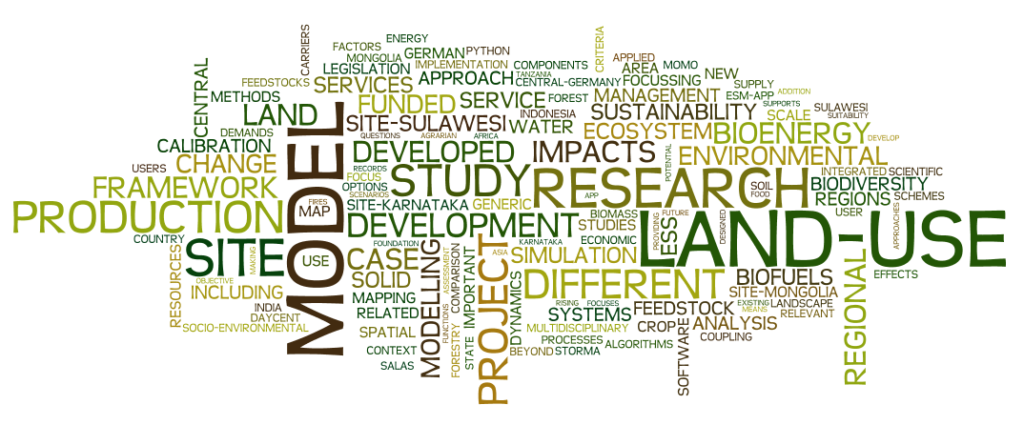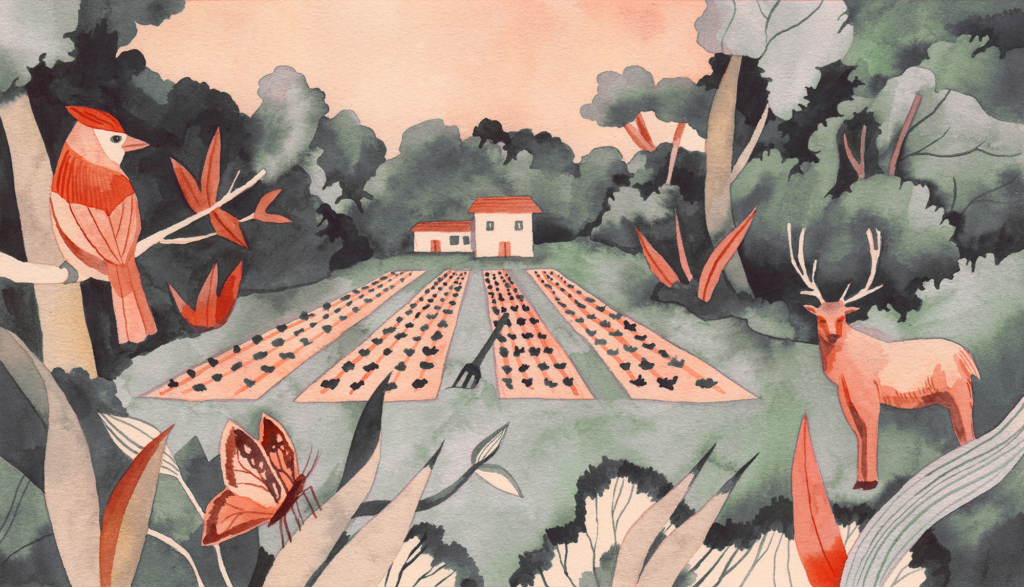Now Reading: The Economics of Land: A Comparative Analysis of Land Sharing and Land Sparing in the United States
-
01
The Economics of Land: A Comparative Analysis of Land Sharing and Land Sparing in the United States

The Economics of Land: A Comparative Analysis of Land Sharing and Land Sparing in the United States
Keyword: The Economics of Land: A Comparative Analysis of Land Sharing and Land Sparing in the United States
Read More to Know More
Introduction

As the United States faces increasing pressure on its land, finding effective strategies to balance economic development and environmental conservation becomes paramount. The management of land resources plays a crucial role in sustainable development and the overall well-being of a nation. In this article, we will delve into the economics of land, specifically focusing on the comparative analysis of two prominent approaches: land sharing and land sparing.
1. Understanding Land Sharing

Land sharing is an approach that promotes agricultural practices integrated with nature conservation. It emphasizes the idea of multifunctional landscapes where agricultural production coexists with ecological functions. In the United States, land sharing manifests in practices like agroforestry, organic farming, and precision agriculture.
1.1 Advantages of Land Sharing
– Biodiversity Conservation: Land sharing facilitates the preservation of diverse ecosystems and habitats, allowing for the protection of endangered species and the maintenance of ecological balance.
– Soil Health and Water Quality: By reducing the use of synthetic fertilizers and pesticides, land-sharing practices enhance soil fertility and promote healthier water systems, leading to better long-term agricultural productivity.
– Climate Change Mitigation: The integration of trees and vegetation in agricultural landscapes helps sequester carbon dioxide, contributing to climate change mitigation efforts.
– Resilience to External Shocks: The diversification of crops and landscape elements in land-sharing systems improves the resilience of farms against climate variability and market fluctuations.
1.2 Challenges of Land Sharing
– Reduced Yield: Land sharing often leads to lower yields compared to conventional farming methods due to the allocation of land for conservation purposes, potentially impacting food security and economic productivity.
– Transition Costs: Shifting from conventional farming practices to land-sharing systems requires initial investments in knowledge, infrastructure, and technology, which can pose financial challenges for farmers.
– Land Fragmentation: As land is allocated for conservation purposes, there is a risk of increased fragmentation, limiting economies of scale and hindering efficient farm operations.
2. Exploring Land Sparing

Land sparing, on the other hand, advocates for a clear separation between agricultural production and nature conservation. It involves concentrating intensive agricultural practices on a smaller land area to maximize productivity, while designating other areas exclusively for conservation purposes, such as wildlife reserves and protected lands.
2.1 Advantages of Land Sparing
– Higher Productivity: Land sparing enables farmers to utilize advanced agricultural technologies, mechanization, and economies of scale, resulting in higher yields per unit area.
– Food Security: The increased productivity of land sparing systems contributes to enhanced food production, ensuring a more secure and reliable food supply.
– Reduced Land Conversion: By intensifying agricultural production on a smaller land area, land sparing helps limit the need for extensive land conversion, protecting valuable ecosystems from encroachment.
– Economic Efficiency: Concentrating agricultural activities in specific areas allows for streamlined infrastructure development, reduced transportation costs, and improved market access, leading to greater economic efficiency.
2.2 Challenges of Land Sparing
– Loss of Biodiversity: The concentration of agricultural activities in limited areas can result in habitat loss and biodiversity decline, potentially disrupting ecosystems and causing negative ecological impacts.
– Environmental Externalities: Intensive agricultural practices in land-sparing systems can lead to increased use of agrochemicals, water pollution, and soil degradation if not managed properly.
– Limited Flexibility: The strict separation of agricultural and conservation areas may restrict the flexibility needed to adapt to changing conditions and evolving societal needs.
Conclusion
When considering the economics of land management in the United States, both land-sharing and land-sparing approaches have their merits and challenges. Land sharing prioritizes ecological conservation alongside agricultural production, while land sparing emphasizes productivity and economic efficiency. Striking a balance between the two approaches is crucial, taking into
account local context, ecological sensitivities, and societal objectives. Ultimately, a comprehensive and integrated approach that combines the best aspects of land sharing and land sparing may hold the key to achieving sustainable land management practices in the United States.
Read Also:- The 5 Economic Perspectives of Distribution of Natural Resources across Boundaries












